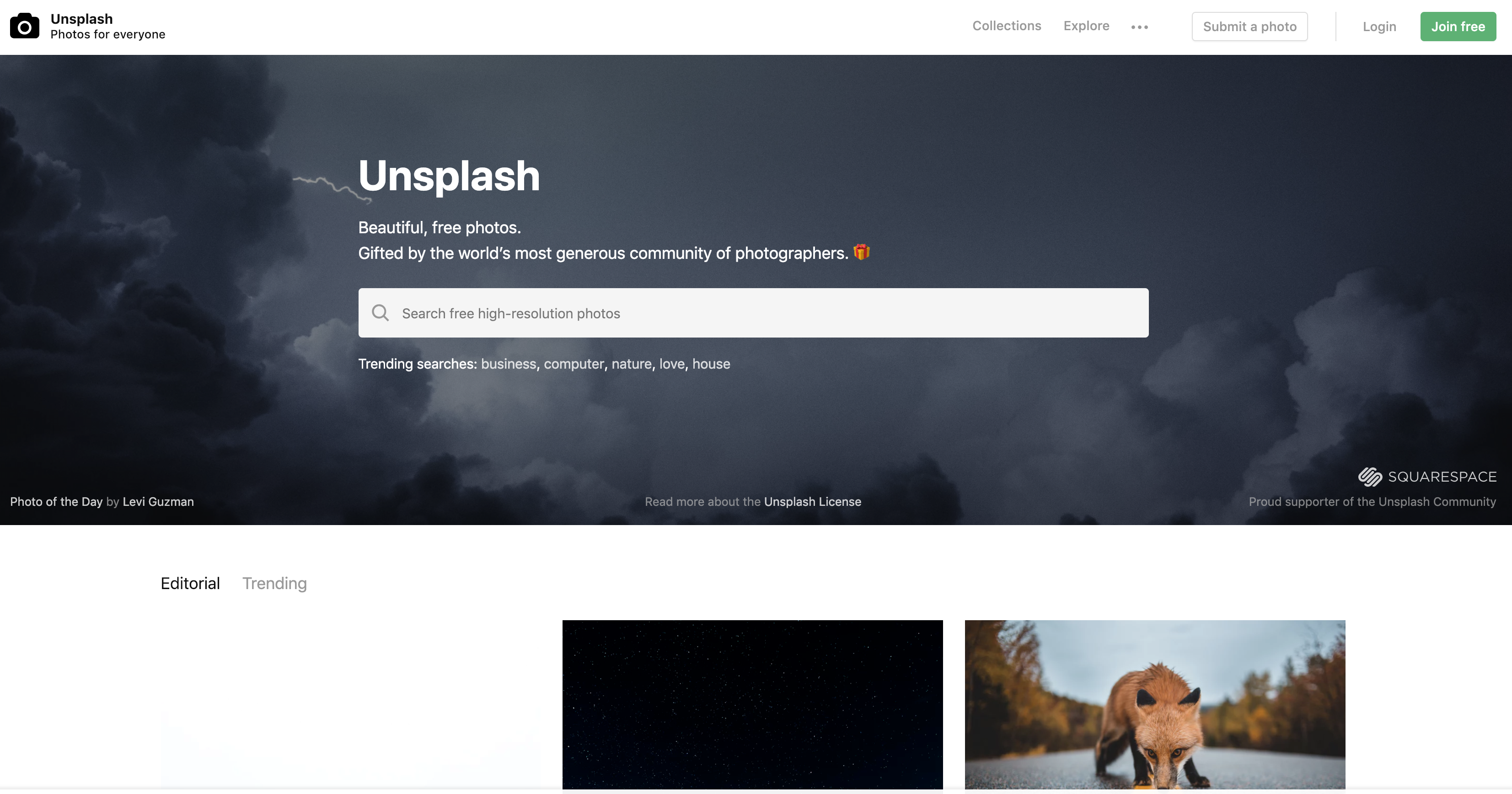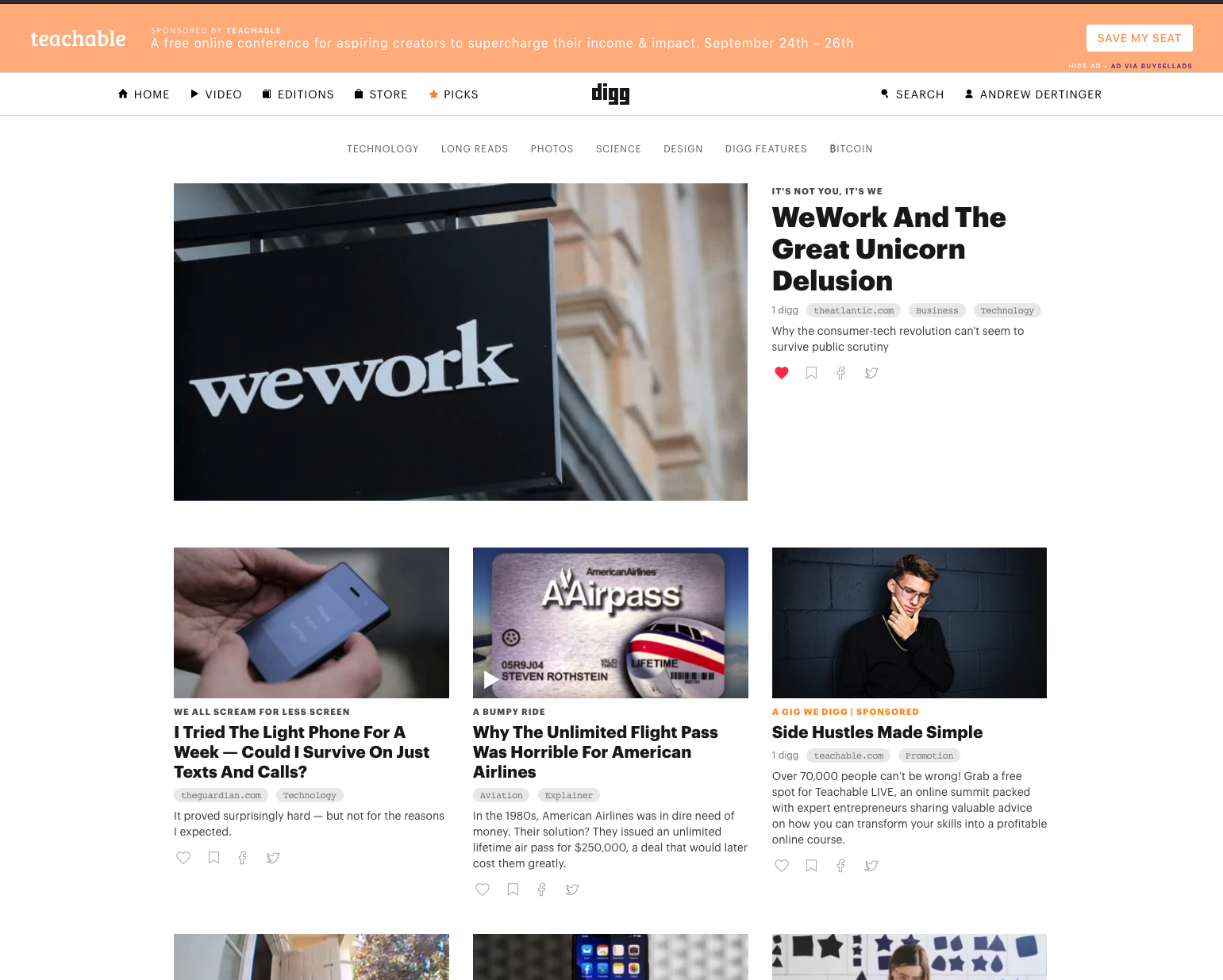The internet is flooded with advertisements that are constantly fighting over users’ attention. There’s just one problem— advertising isn’t what it used to be. Consumers have grown tired of the flashy, irrelevant ads they see and often end up turning a blind eye.
The good news: advertising isn’t all bad, according to 83% of people. All consumers want is to filter out the obnoxious advertising attempts from the relevant and informative ones.
So, how can you effectively advertise your brand without all the obnoxious bells and whistles?
Two words: native advertising.
First things first, what is native advertising?
Native advertising is a type of contextual advertising that conforms to the format of the platform where the ads appear. Ads will fit naturally on a website without being intrusive or taking away from the viewer’s experience.
A true native ad has two non-negotiable components to it:
- Simple format. It’s minimal and non-intrusive.
- Relevant content. The ad’s content is contextually relevant to the website’s content and audience.
Simple format
Native ads are minimal and considerate by nature. They are strategically placed, so they don’t disrupt the UI of the website and are specifically designed to enhance rather than distract a consumer’s web experience.
See it in action 👇
Digg, a website that delivers interesting news and stories, serves up native advertising to its audience alongside its curated content. In the example below, it’s difficult to differentiate the sponsored post from the curated content. The ad, titled Side Hustles Made Simple, is still highly visible but doesn’t take away from the viewer’s overall experience. After all, they’re visiting Digg to catch up on news, not get slammed with multiple ads— ya dig?
Relevant content
Native ads are contextually relevant to the content surrounding them. Relevant is the keyword here. The relevance factor makes ads more appealing to the audience who sees them. That’s why native ads have a click-rate 3x higher than typical display advertising.
Take a look at the Unsplash example below. Unsplash is a website that shares free stock photos that can be used for a variety of different things— like creating a website. Squarespace, a SaaS company for website building and hosting, leverages the relevance of imagery in creating a website and shares its services with Unsplash visitors via native advertising. Both brands complement each other, and users are more inclined to click because the ad is relevant to why they might be visiting the website.

Why are native ads crucial for your campaign strategy?
By default, consumer tech enthusiasts are skeptical of advertising (and rightfully so). The ad industry has over-saturated the web with advertising ever since the first online banner ad made its debut back in 1994.
A lot has changed since then. Upgrading your ad strategy is essential to keeping up with the changing demands of consumer tech audiences. That’s where native advertising comes in.
So why should native advertising be an essential part of your overall campaign strategy?
Consumer experience
As we mentioned earlier, the online advertising scene has been running amok since the 90s— and consumer tech audiences are seriously sick of it. They’re no longer putting up with the poor web experiences that mindless advertising tactics have created.
Luckily, native doesn’t fall into this category of advertising. Native advertising doesn’t take away from the user experience because ads are designed to flow with a website’s content making any interaction seamless and intentional. It creates that effortless and positive experience that users look for, and quite frankly, demand.
Relevant & high-quality
If your ads aren’t relevant to consumers who see them, then what’s the point?
Native advertising naturally aligns with a website’s content making them high-quality and relevant to users. This combination of relevance and quality is what makes native advertising so well-received by tech consumers; and ultimately leads to more clicks, actions, and conversions that other channels can’t quite replicate.
Build trust
Just in case it wasn’t clear, tech consumers don’t trust advertising. It was only a matter of time before the data breaches, invasive online activity tracking, and transparency concerns caught up to the ad industry. Native can help brands rebuild trust with their audience.
Tech consumers are very selective with the websites they regularly interact with, so publishers have to put a lot of work in upfront to build audiences and gain their trust. They’re not going to throw it away by giving access to any and every brand out there. Publishers will evaluate a brand for relevancy and value before moving forward with any partnership. But once you’re in, you’re in. The trust publishers have built with their audience will automatically extend to a brand that partners with them, creating what’s called a halo effect.
Where Native Advertising Fits In the Funnel
Native advertising is a powerful strategy, but it’s also a versatile one. Depending on your campaign goals, native advertising works at all stages of the funnel.
Top-of-funnel: show off your brand
Native advertising is effective at this stage because of its non-intrusive format. When a consumer visits a website, the last thing they want is to be bombarded with ads from a brand they’ve never heard of before.
Top-of-funnel (TOFU) native campaigns let you show off your brand to consumer tech audiences without coming on too strong while associating it with a high-quality and trusted publisher at the same time. That’s the key. So the next time a consumer comes across your product on the web, they’ll make a positive association and be more interested in what you have to say next time.
Middle-of-funnel: solve your customers’ problems
At this stage, you’re advertising to people that are familiar or have engaged with your brand in some way, but probably aren’t ready to commit just yet. That’s why native campaigns can be just as useful here. Its subtle design shows off your brand and what it can do for them without driving them away too early with noisy creative.
Since your audience is likely looking for solutions to a problem, using native ads in middle-of-funnel (MOFU) campaigns will help educate them without being too pushy. Your ad content should speak to their specific pain points and how your brand can help solve them.
Pro tip: focus on what benefits consumers will gain rather than just showing off features. If consumers can’t see the benefits, fancy features won’t matter much.
Bottom of funnel: close the deal
Now it’s time to close the deal with an appealing offer. Native campaigns are powerful at this stage because of the partnership a brand has with a publisher. A publisher’s audience trusts them, so seeing a sponsored post acts more like a suggestion from them rather than an ad from you.
Bottom-of-funnel (BOFU) campaigns are all about following through on what you’ve been advertising with an offer. Free trials, discounts, and subscriptions are popular options, but it’s important to offer something that makes sense for your brand.
Tips for creating successful native campaigns
Creating a native advertising campaign is straightforward, but don’t expect a successful outcome if you’re not willing to put in the initial work. These tips will help you create the perfect native advertising campaign to drive growth and expand your customer base.
Get to know your audience
Your ideal audience should be at the epicenter of your marketing efforts, always. If you don’t understand who you’re trying to reach— interests, challenges, pain points, and all— then you’re going to have a hard time connecting with them. Researching your ideal audience informs other essential parts of your campaign like messaging, creative, and offers— so don’t skip this step.
When creating your audience personas, keep these core questions in mind:
- Who am I trying to reach?
- What type of messaging resonates with my audience?
- How will my brand, product, or lead magnet benefit my audience?
- Where is my audience most likely to hang out online?
Establish relevance
One of the main reasons users install ad blockers is because of irrelevant or annoying ads.
The fix? Make your offer relevant and valuable. This is where having a strong understanding of your audience will make a huge impact. Knowing your audience will help you frame relevant and targeted messaging that they will instantly connect with and draw value from. Establishing relevance will echo a positive response from potential customers and drive growth.
Bottom line, your audience should be able to make a connection as to why they’re seeing your ad. If they can’t easily make that connection, they’ll struggle to find any value in what you have to offer them.
Find the right publisher partner
Your brand isn’t going to be a good fit for every publisher out there. Evaluating publishers will help you find the perfect match for your campaign.
There are a few things to keep in mind when sifting through possible publishers:
- Audiences. If your target audience doesn’t align with the publisher’s, then your campaign won’t be very successful. Use your audience personas to help you narrow down the list of publishers that they’re likely to interact with.
- Content. Some publishers specialize in niche content, while others focus on more general content. Regardless, publishers curate content with their audience in mind. If your ad doesn’t flow with this type of content, it’s best to look for opportunities elsewhere.
- Reach. Different publishers have different audiences at various scales. How does your ideal audience compare to these factors? Be realistic. If you have a niche target audience, you’ll likely find more success working with a publisher within that niche even though you’ll reach fewer consumers.
Finding the right publisher gives you the necessary foundation to build and scale your campaign with the right audience on the other end.
Measure, analyze, pivot
Once you launch your campaign, it’s time to monitor and measure its success. Is the initial performance of the campaign matching up with KPIs and general expectations?
Analyzing campaign performance and measuring it against your goals will help you determine what’s working and what’s not. If you’re hitting your targets, use your analysis to optimize and further improve performance. If you’re not reaching your goals, analyze your campaign’s performance to pivot in a new direction.
Planning for success
Now is the time to start getting strategic with your advertising campaigns. Weaving native advertising into your strategy is a foolproof way to delight consumer tech enthusiasts and drive brand growth.
Effective native campaigns are always genuine, valuable, and relevant. Keep this in mind and your campaigns are bound to be a hit with consumer tech audiences everywhere.



